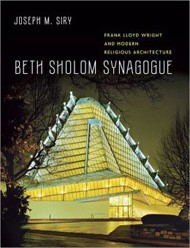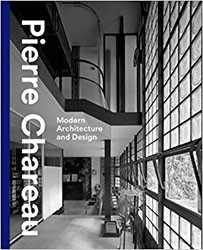Born in 1890 to Russian Jewish immigrants, Emmanuel Radnitzky, better known as the artist Man Ray, was the subject of a seminal 2009 survey at The Jewish Museum in New York. This landmark exhibition marks the first major museum show in New York of the artist’s work since 1974. The curator Mason Klein presented a comprehensive exhibition of Dada and Surrealist photos, paintings, collages, sculptures, in relation to issues around Ray’s identity – cultural, artistic, religious and otherwise. The catalogue comprises a thoughtful essay by the curator, an interview with Man Ray scholar Merry A. Foresta, a text by George Baker on May Ray’s “Cultural Industry” and fluid cultural timeline by Lauren Schell Dickens. Klein’s text investigates Ray’s struggle to both subvert his American Jewish identity in his artistic persona, yet highlights where subtle references to his past surface in his oeuvre. Merry Foresta’s essay concentrates Ray’s exploration of many artistic movements throughout the 20th century but his lack of sustained allegiance to one. She asserts that despite his indecision, his avant-garde ideas in a variety of media are what made him into one of the most influential artistic figures of the time. Laura Schell Dickens provides a fascinating timeline, which focuses important events in Ray’s life and juxtaposes them with artistic, cultural, and political events of his era. Klein’s book is a worthy companion to The Jewish Museum’s exhibit.

Visual Arts
Alias Man Ray
- Review
By
– October 10, 2011
Jessica Kreps Rothenberg is the director of sales at Lehmann Maupin Gallery in New York. She graduated from Emory University summa cum laude with a major in Art History and a minor in Political Science.
Discussion Questions

Jewish literature inspires, enriches, and educates the community.
Help support the Jewish Book Council.


